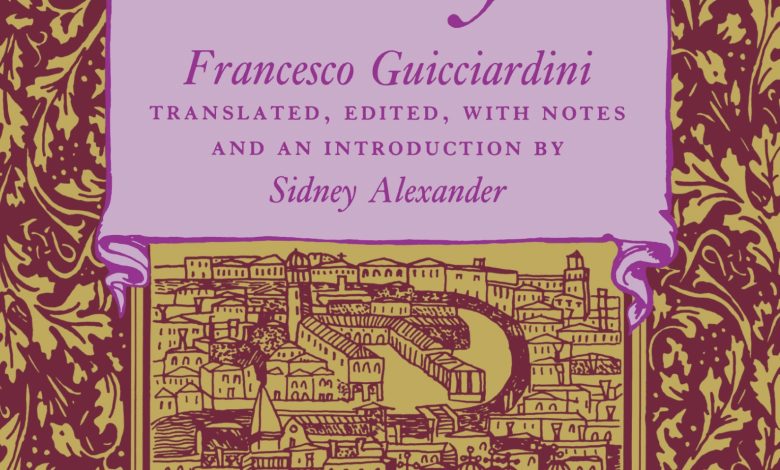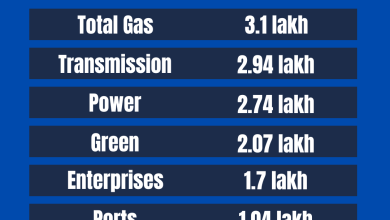Introduction And History of Italy: Unveiling a Rich Heritage

Italy is a country full of rich history and culture. It’s located in southern Europe. The country is known for its beautiful landscapes, delicious food, and ancient landmarks.
Geography of Italy
Italy is shaped like a boot. The country is surrounded by the Mediterranean Sea. To the north, it borders France, Switzerland, Austria, and Slovenia. The capital city of Italy is Rome. Other major cities include Milan, Venice, and Florence.

Credit: www.twopartsitaly.com
Early History
The history of Italy dates back thousands of years. Early human settlements appeared in Italy around 2000 BC. These early people were known as the Etruscans. They lived in central Italy.
The Rise of Rome
One of the most famous periods in Italian history is the rise of Rome. Rome began as a small city-state in the 8th century BC. Over time, it grew into a powerful empire. The Roman Empire controlled much of Europe, North Africa, and the Middle East.
Roman Achievements
- Building roads and aqueducts
- Creating a legal system
- Spreading Latin language
The Romans were skilled builders and engineers. They built many roads, bridges, and aqueducts. Their legal system influenced many modern laws. The Latin language, spoken by the Romans, became the basis for many modern languages.
The Middle Ages
After the fall of the Roman Empire, Italy entered the Middle Ages. This period lasted from the 5th to the 15th century. During this time, Italy was divided into many small states. The Catholic Church played a significant role in Italian life.
The Renaissance
The Renaissance began in Italy in the 14th century. It was a time of great cultural and artistic growth. Famous artists like Leonardo da Vinci and Michelangelo created beautiful works of art. The Renaissance also saw advances in science and literature.

Credit: www.amazon.com
Modern History
In the 19th century, Italy became a unified country. Before this, it was made up of many small kingdoms and states. The unification process began in 1861. By 1870, Italy was a single nation.
World Wars
Italy played a significant role in both World War I and World War II. After World War II, Italy became a republic. This means it no longer had a king or queen.
Economic Growth
In the second half of the 20th century, Italy experienced significant economic growth. It became one of the world’s leading industrial nations. Today, Italy is known for its fashion, design, and automotive industries.
Italian Culture
Italy has a rich cultural heritage. It’s famous for its art, music, and food. Italian cuisine is loved all over the world. Popular dishes include pizza, pasta, and gelato.
Festivals And Traditions
Italy has many festivals and traditions. Some of the most famous include:
- Venice Carnival
- Palio di Siena
- Christmas and Easter celebrations
Frequently Asked Questions
What Is The Origin Of Italy’s Name?
Italy’s name originates from the ancient Romans’ term “Italia,” meaning land of the calves.
Who Founded Ancient Rome?
Ancient Rome was founded by Romulus in 753 BC, according to legend.
What Was Italy Before It Became A Country?
Before becoming a country, Italy was a collection of city-states and kingdoms.
When Did Italy Unify?
Italy unified in 1861 under the leadership of Victor Emmanuel II.
Conclusion
Italy is a country with a fascinating history and rich culture. From the ancient Romans to the Renaissance artists, Italy has made significant contributions to the world. Its beautiful landscapes and delicious food continue to attract visitors from around the globe.
Fun Facts About Italy
- Italy has more UNESCO World Heritage sites than any other country.
- Pizza was invented in Naples, Italy.
- Italy is home to the oldest university in the world, the University of Bologna.
Table: Key Historical Periods in Italy
| Period | Time Frame | Significance |
|---|---|---|
| Early Settlements | 2000 BC – 8th Century BC | First human settlements by Etruscans |
| Roman Empire | 8th Century BC – 5th Century AD | Expansion and cultural achievements |
| Middle Ages | 5th Century – 15th Century | Division into small states, Church’s influence |
| Renaissance | 14th Century – 17th Century | Cultural and artistic growth |
| Unification of Italy | 19th Century | Formation of a single nation |
| Modern Era | 20th Century – Present | Economic growth and global influence |
Why Visit Italy?
Italy is a must-visit destination for many reasons. It offers a unique blend of history, culture, and natural beauty. Whether you’re exploring ancient ruins or enjoying delicious cuisine, Italy has something for everyone.
Top Tourist Attractions
- Colosseum in Rome
- Leaning Tower of Pisa
- Venice Canals
- Florence Cathedral
- Amalfi Coast
Italian Cuisine
Italian food is known for its fresh ingredients and rich flavors. Some must-try dishes include:
- Margherita Pizza
- Spaghetti Carbonara
- Tiramisu
Conclusion
Italy is a land of endless discoveries. Its history, culture, and natural beauty make it a fascinating place to explore. Whether you’re a history buff, a foodie, or an art lover, Italy has something to offer. So, pack your bags and get ready to experience the magic of Italy!




